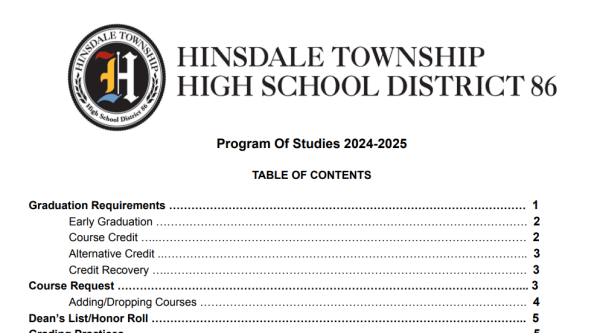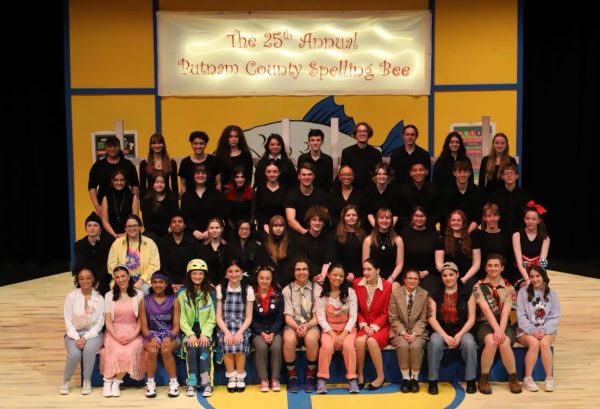“I’m Loving It”: The Menu Review

January 9, 2023
The Menu is a decadent blend of sweet, sour, salty, and bitter-leaving an unsettling sensation coated over your tongue as umami might. Classified as a horror or thriller film, it’s more accurately an avant-garde satire possessing an acquired taste. If you fail to savor the ingredients and find yourself merely glossing over them, the overall product may appear just as unfathomable as Tyler’s ludicrous leek and lamb chop catastrophe. Though, with careful attention to Mark Mylod’s subtle directing decisions, it could be served at a 3 MICHELIN star restaurant.
The film follows the experience of Margot, played by the Queen’s Gambit actor Anya Taylor-Joy -now the pawn in a sinister game- as she accompanies her foodie date to Chef Slowik’s exclusive restaurant, Hawthorne. The majority of the film occurs in this intimate setting which ultimately serves as a panorama of the societal construct dominating a capitalist world: the class politics between the wealthy and the poor. When we do catch a glimpse outside of the restaurant, we are met only with a comparison of the cramped, unsanitary living quarters of the cooks and the modern, lavish home of the chef.
In fact, Hawthorne’s cooks virtually disappear into the background until summoned by Slowik, their inferior positions accentuated as the sous chef is driven to suicide after attempting to move up the ranks in “The Mess”. Oddly, the guests who hold a dominant position over Slowik are static and one-sided which typically manifests weak scenes with little emotional impact. In this case, it’s a unique device used to exaggerate the self-obsessed flaws of the wealthy and purposefully cut emotional ties between the characters and audience; ultimately, the concept takes greater precedence over their inevitable deaths. Margot’s defiant and bold personality also shines through this way and clearly labels her as an outsider.
As we learn more about her character, we’re exposed to more sensitive topics like the relationship between wealth and sexual control. In a personal conversation with Slowik, Margot dedicates the downfall of her occupation to “their side” for acting with “obsession rather than love”. Although not explicitly stated, her brief interactions with Anne as well as her alias and secretive past with Richard reveal her as a prostitute and subsequently a member of the lower class. From her perspective, services catered specifically to the upper class lose their charm, (especially when her clients knowingly escort her to her own funeral). Unfortunately, Margot isn’t the only character to have witnessed this.
Each symbolic meal, before being displayed in a Master Chef close-up shot, is preceded by a demonstration with a meaningful backstory. “Man’s Folly”, designed by chef Katherine, is a dish served exclusively to the female guests and details her history with sexual abuse from Slowik himself. Its original inspiration traces back to the third course “Memory” and hints at a cycle of violence. Just as Slowik’s father paid the price with a pair of scissors to the thigh, Katherine has the opportunity to award the same punishment. An eye for an eye.
The macchiato cherry, the garnish sprinkled upon this grand cuisine, is the gory pan to Margot as she takes a McDonald’s advertisement-worthy bite out of the double-decker cheeseburger guaranteeing her freedom. You almost expect her to break the fourth wall and chime “I’m Loving It”. The simple difference between a prestigious tasting event and an outing to a local diner is summed up to one idea: Love. The interpersonal connection between the cook and the customer is arguably the tastiest component of all and could save you from succumbing to the meal: Greed.














